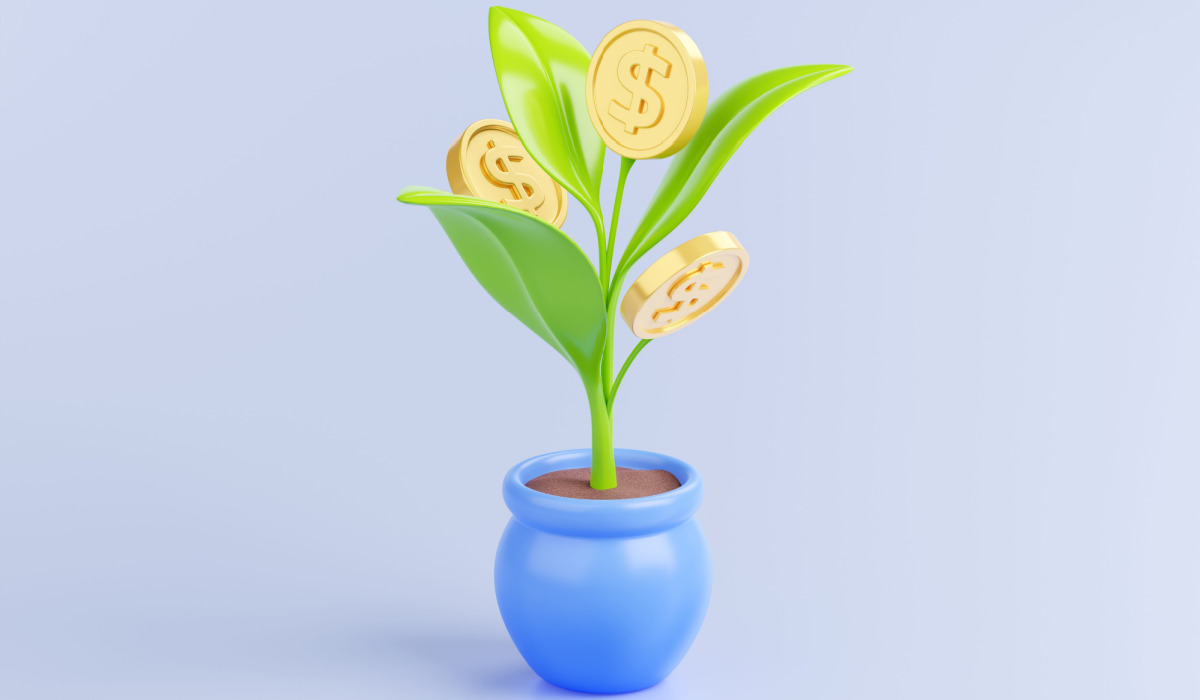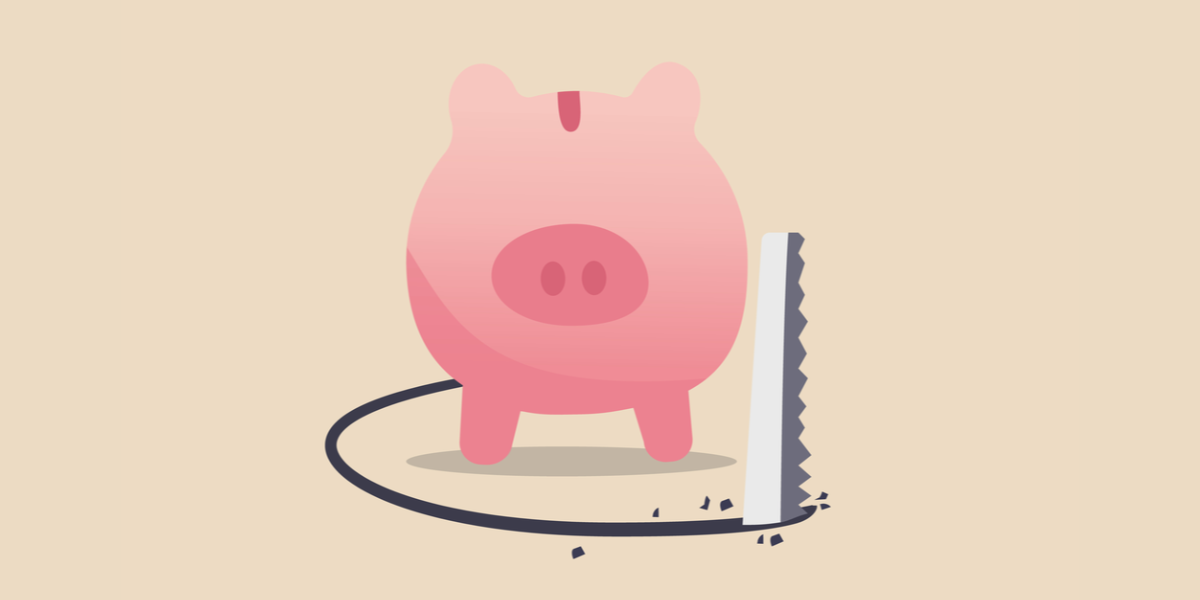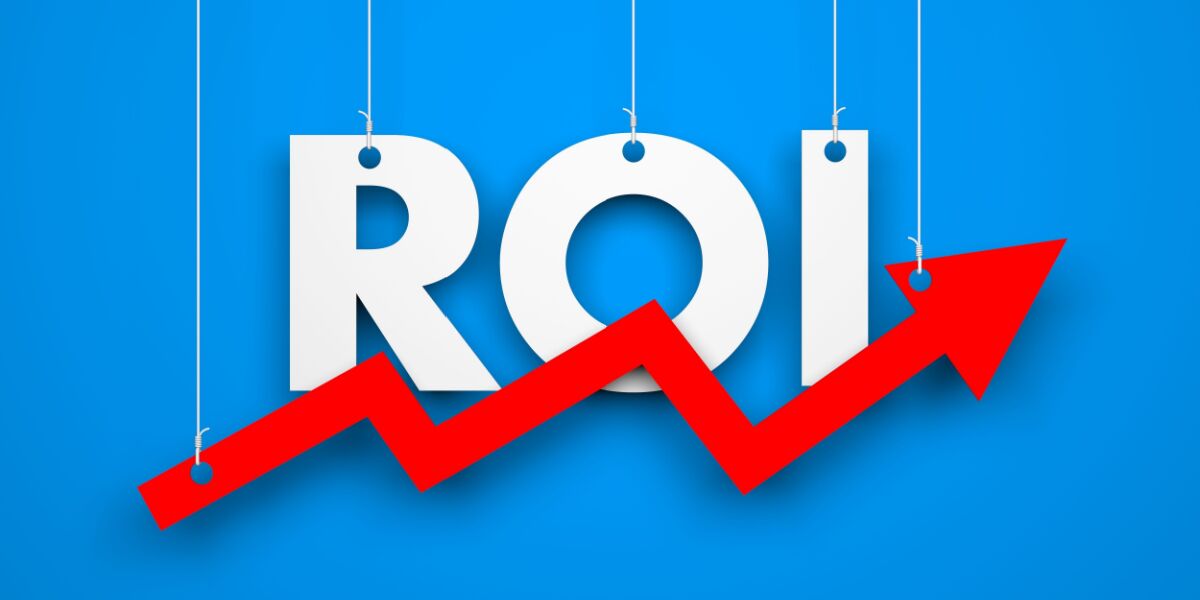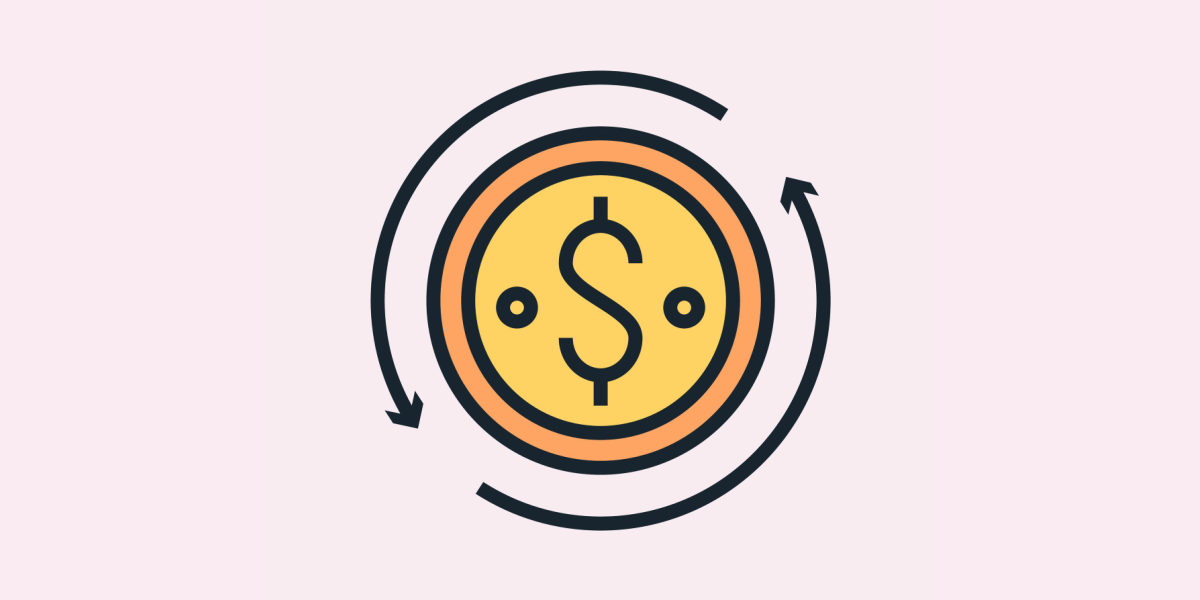Have you listened to an episode of The Foundr Podcast and heard a founder talk about Series A funding?
You probably assume it relates to getting money for your startup from strangers, but what does it actually mean? And why are there different funding rounds?
The jargon of startup funding rounds seems as easy as 1-2-3, but the terms are more complex in an application.
But don’t worry. We’re here to help clarify what Series A, Series B, and Series C funding are and how the terms relate to your startup.
What Are Startup Funding Rounds and Why Do They Exist?
Startup funding rounds began in the 1980s during the rise of venture capital investment, but the tech boom in the 1990s elevated the notoriety of the series funding terminology commonly used today.
But not all businesses are financed through series funding. If you’re starting a business, there are plenty of alternatives to get started:
- Self-funding
- Friends and family
- Crowdfunding
- Government grants or loans
- Business loans from a bank
- Accelerators
- Corporate partners
- Investors
Series funding is in the “investor” bucket, which means you have a business idea but need support from outside investors to make it a reality. So, what do you sacrifice for the sweet, sweet cash? Either equity (ownership of the business), sales cut, or a bit of both.
The two main types of outside investors are:
- Angel Investors: Individuals who are all in on your business and fund you with cash. Typically angel investors commit early to develop your idea and have more equity.
- Venture Capitalists: Individuals or, more commonly, a group of investors who invest in your business using a shared set of funds.
Series funding is getting these investors to support your startup’s growth and ultimate success. It’s less of a science and more of an art.
Here’s why.
Don’t Skip: Business Startup Funding: A Beginner’s Guide
Valuation
A startup valuation is the dating profile of your business idea.
It defines the cost, opportunity, and likelihood of your business idea coming to fruition. Valuation doesn’t mean how much money the founder or business makes but how the market values the business.
A valuation could analyze a number of the following:
- Cash flow
- Competition
- Customer data
- Team strength
- Physical assets
- Size of the opportunity
- Return on investment
- Partnerships
- Risks
Valuations are typically conducted by third-party analysts hired by a venture capitalist or conducted internally by your team. And valuations change in depth and scope as you move along funding rounds. So if you’re doing an in-house valuation, tailor it to the type of investors you’ll be pitching. Like a job interview, you’ll want to lead the conversation with what’s most valuable to the person on the other side.
Your startup’s valuation will determine if investors are willing to commit to your business. But it doesn’t tell the whole story. That’s why pitching, relationship building, and luck are just as crucial in the series funding process as what’s on paper.
Seed Funding
Seed funding is the beginning stage of the series funding process. Many times, seed funding happens through crowdfunding or an incubator. Seed funding helps get your idea off the ground.
That can be as simple as buying laptops, renting office space, or investing in a prototype.
There’s also pre-seed funding, which happens before seed funding. Pre-seed funding often is a technical way to describe friend and family investment in your idea.
Again, series fundraising is not a science. These terms get applied at the discretion of the story you’re telling. For example, it sounds better to say:
“We completed our pre-seed funding of $50K.”
vs.
“My parents loaned me money so I could start my own business.”
Seed funding helps develop your idea and work on pitching the investors in Series A.
- Funding Goal: Get up and running
- Funding Period: Zero – 24 months in business*
- Average Funding Amount: $10,000 – $1M*
*Funding periods and amounts range widely from industry to industry.
Series A Funding
Series A funding is the first phase of startup funding when you lead with an idea versus results.
Most investors you pitch to are willing to take high risks for high rewards. That means you’ll be sacrificing a significant share of your business equity.
Many Series A funding investors pitch a 20-40 percent stake in the business. It’s the most challenging and beneficial stage of series funding because you only need to pitch a powerful idea to the right investor.
- Funding Goal: Get people to commit to your idea
- Funding Period: 2-5 years
- Average Funding Amount: $1M – $20M
Series B Funding
Series B funding is the level of startup funding where you have a proven business concept, steady customers, and comprehensive data. Although your business might not be profitable, the investors you pitch to will see a proven track record of success and five-plus years of survival.
Series B investors are more risk-averse than Series A investors, so they’ll be more critical of the ins and outs of your business. But Series B funding allows you to create momentum from your work and transform your startup into a solvent business.
- Funding Goal: Build a financially stable business
- Funding Period: 5 – 10 years
- Average Funding Amount: $20M – $50M
Series C Funding
Series C funding is for businesses that need support to get traded on the stock exchange, a.k.a “going public.” Most startups never make it this far, and few companies hit an IPO (initial public offering). But if you make it, your fundraising days are behind you, and you can cash in on stock offerings.
But hey, every publicly traded company started series funding in the seed phase. Why not you?
- Funding Goal: Go public with your business
- Funding Period: 10 years<
- Average Funding Amount: $60M<
Keep Learning: 16 Financial Concepts Every Entrepreneur Needs to Know
Learn How to Finance Your Business
Want to learn more about what it takes to finance a business? Watch our free Finance for Founders training taught by Alexa Von Tobel, founder of LearnVest and Inspired Capital.

















